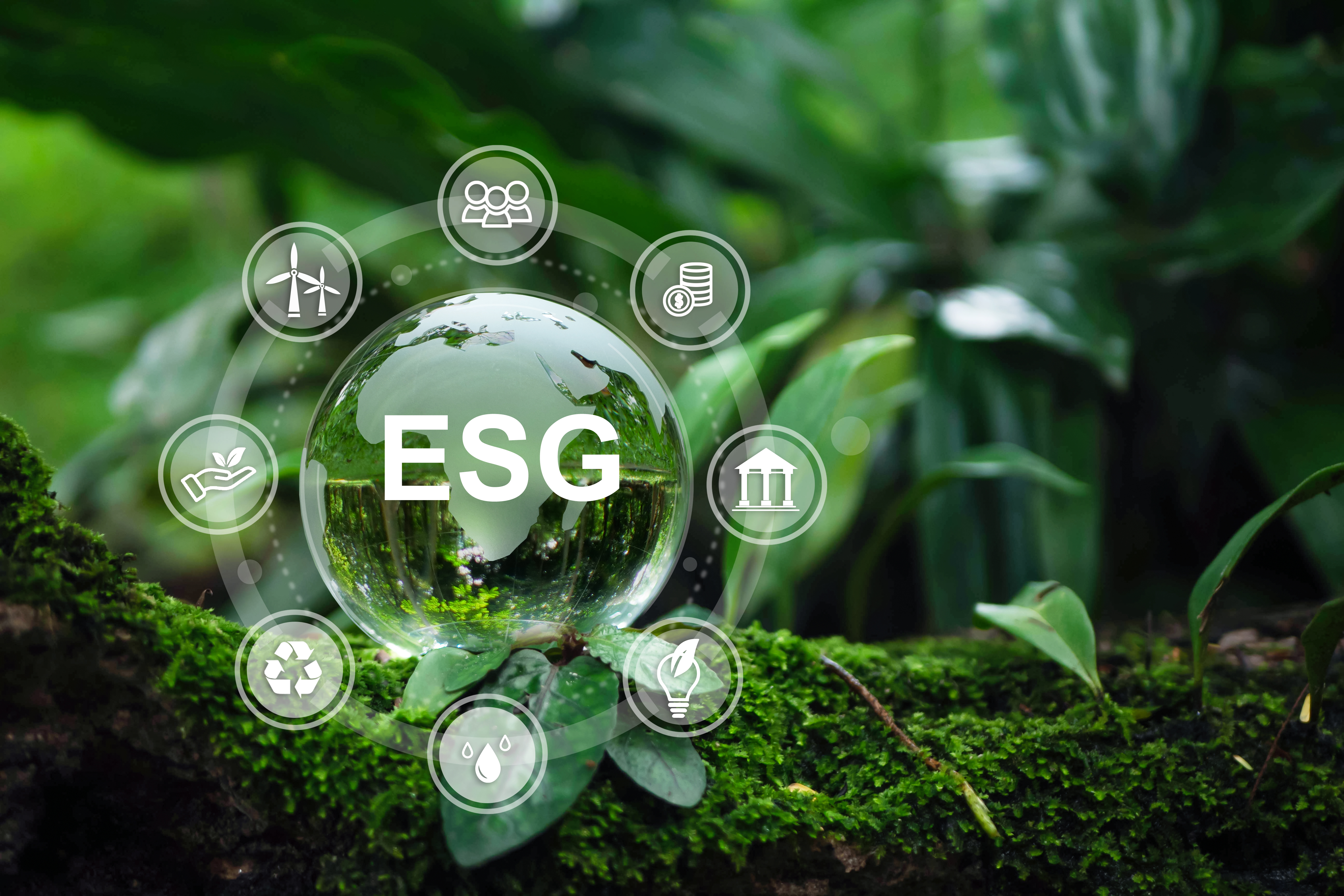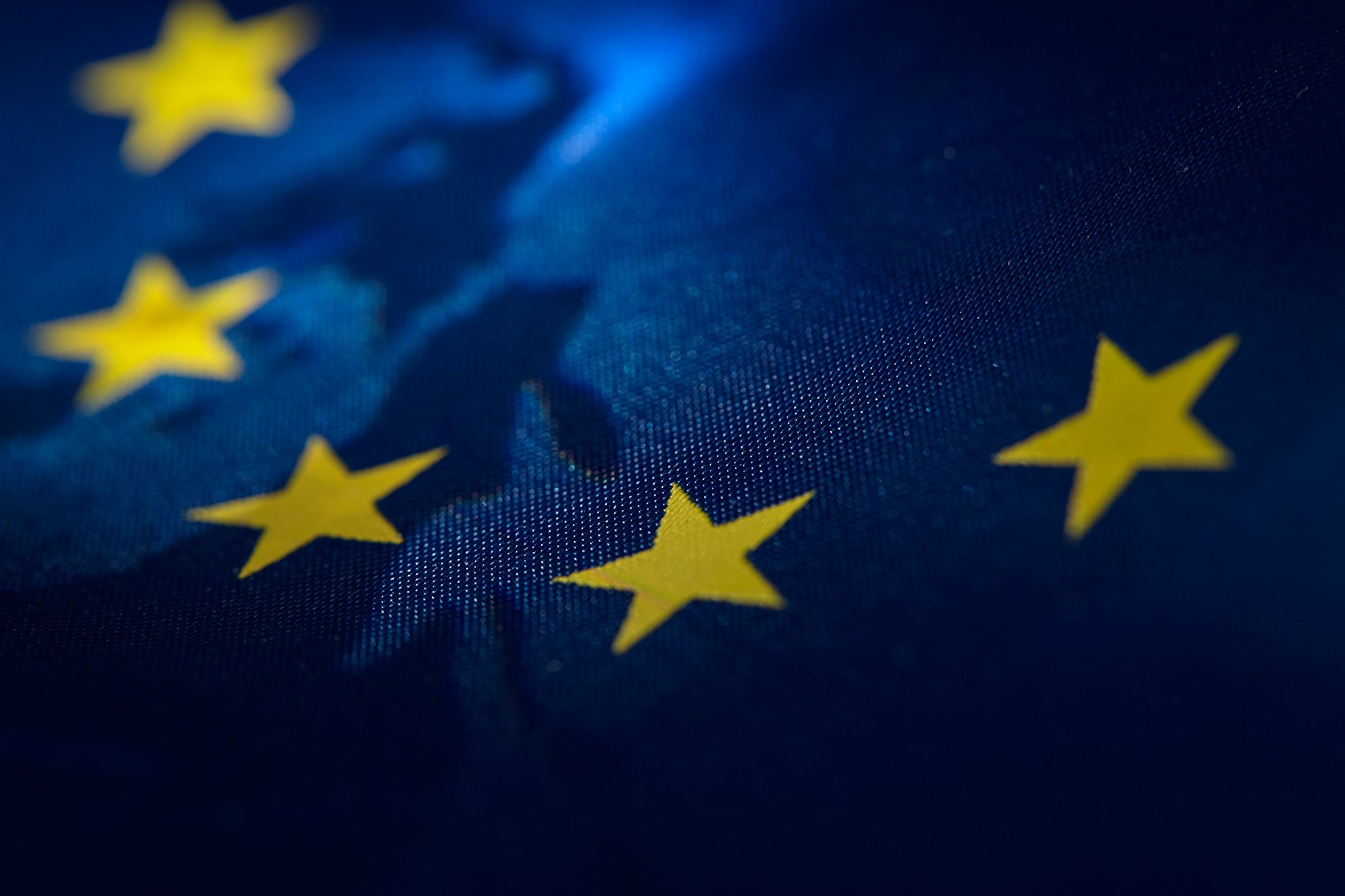The Investment deduction in a new format
Companies acquiring new tangible or intangible fixed assets (incl. capitalised personnel expenses) used in Belgium for business purposes can, under certain conditions, claim a deduction from their taxable profit amounting to a specific percentage of the acquisition value of the assets acquired or established during the taxable period.
The general investment deduction is only applicable for individuals and small companies within the meaning of the Belgian code for companies and associations (i.e. companies that, upon closing of their last financial year, have not exceeded, during two consecutive financial years, more than one of the following criteria: an average number of 50 employees, turnover of €9m and balance sheet total of €4.5m) at a current rate of 8%. All companies can however benefit from an increased investment deduction on certain specific investments. The current increased rate varies depending on the investment being made and considers the inflation. The percentage during the past years equalled 13.5% for amongst others (i) environmentally friendly investments in R&D, (ii) patents and (iii) certain energy saving investments. This percentage has been increased to 20.5% for assessment year 2024 due to the inflation.
Recently, the Belgian legislator also introduced (under certain conditions) an investment deduction for carbon-emission-free trucks and the installation of specific refuelling infrastructure or electric charging infrastructure. The rate reduces gradually over time but equals 42% if these assets are acquired during assessment year 2024 (36,5% if these assets are acquired as of 1 January 2024, but linked to assessment year 2024).
A spread investment deduction is also possible for environmentally friendly investments in R&D which enables taxpayers to deduct 27.5% of the annual depreciations of the investments from their taxable basis for assessment year 2024 (20.5% in past years).
A number of assets are expressly excluded from the scope of the investment deduction, such as e.g. company cars and assets which are acquired or developed with the aim of transferring the usage rights to a third party.
Under the new regime, taxpayers acquiring new tangible or intangible fixed assets used in Belgium for business purposes can, under certain conditions, claim a deduction from their taxable profit amounting to a specific percentage of the acquisition value of the assets acquired or established during the taxable period if they meet the conditions of one of three newly introduced options:
- Option 1: the basic deduction;
- Option 2: the increased thematic deduction; or,
- Option 3: the technology deduction;
For every qualifying asset, the taxpayer should choose among these three options: there can be no cumulation of investment deductions under different options for the same asset.
The following assets are excluded from the investment deduction (regardless of the option chosen), largely in line with the exclusions existing under the currently applicable investment deduction regime:
- Fixed assets which are not exclusively used for business purposes;
- Fixed assets acquired or established with the aim of transferring the right of use to a third party;
- Fixed assets which cannot be amortised or which are amortised over less than three taxable periods;
- Company cars;
- Costs related to the purchase price and indirect production costs if these costs are not amortised together with the fixed assets to which they relate; and,
- Fixed assets that use substances harmful for the environment and climate, except if these investments (ii) fall within the scope of the increased thematic deduction or technology deduction or (ii) have no economically comparable carbon-free alternative. A list with excluded investments will be published. This is a new exclusion compared to the current investment deduction regime.
2.1. What is a “basic deduction”?
The basic deduction is open to all investments that will be durably used for the company’s operations, and which are expected to yield future economic benefits for the company. It is intended to have a low threshold and does not require many formalities.
The basic deduction percentage amounts to 10% of the relevant asset’s acquisition value. The basic deduction percentage equals 20% for investments in digital assets, which include software and equipment supporting digital payment and invoicing systems, digital accounting systems, digital CRM systems, digital e-commerce platform systems and digital information and communication technology security systems. The nature and technical characteristics of eligible investments still needs to be determined by Royal Decree.
The basic deduction can be applied by individuals and small companies within the meaning of the Belgian code for companies and associations (i.e. companies that, upon closing of their last financial year, have not exceeded, during two consecutive financial years, more than one of the following criteria: an average number of 50 employees, turnover of €9m and balance sheet total of €4.5m). For other companies, the deduction is not applicable.
2.2. What is an “increased thematic deduction”?
This increased thematic deduction is applicable to investments which have been made within one of the following categories, i.e. (i) efficient energy consumption and renewable energy, (ii) zero-emission transport, (iii) environmentally friendly investments and (iv) digital investments supporting any of the three aforementioned investments.
The government will issue a list of qualifying assets and technologies that would meet the standard for this thematic deduction, which should be updated every 3 years. If no (timely updated) list is published, the increased thematic investment deduction cannot be applied for new assets until an (updated) list is published (although the validity of the list can be extended once for an additional two years).
The deduction rate under this option amounts to 40% of the acquisition value for individuals and small companies and 30% of the acquisition value for other companies.
The taxpayer must request a certificate to be granted by the competent Minister attesting that the asset is a fixed asset corresponding to the technologies included in the thematic lists. This certificate must also confirm that the investment does not cause unreasonable damage to the environment. In this respect, the legislator explicitly confirms that the federal minister of energy will be competent for investments in the territory of the Belgian Exclusive Economic Zone. For the current investment deduction regime, the latter has also been confirmed by Royal Decree published on 1 March 2024.
2.3. What is a “technology deduction”?
The technology deduction is in essence, a continuation of the currently existing investment deduction for patents and environmentally friendly investments in R&D.
The percentage will be fixed at 13.5% of the acquisition value. For the spread investment deduction, the rate of 20.5% of the annual amortisation expense applies for environmentally friendly investments in R&D.
Activated salary expenses in principle form part of the acquisition value on which the investment deduction is calculated.
However, under the new rules specific attention should be paid to the so-called partial wage tax exemption for qualifying R&D employees. This regime allows certain employers to obtain an exemption of 80% on the wage tax for certain qualifying employees. Generally, the salary expenses of such employees active in R&D are activated on the balance sheet of the company.
If the acquisition value of the fixed assets includes activated salary expenses for which the R&D wage tax exemption was obtained, the new rules provide that the exempted part of the wage tax should be excluded for the application of the investment deduction to avoid cumulation of tax advantages.
As a matter of principle, the new investment deduction will be open to all companies acquiring or establishing new tangible and intangible fixed assets to exercise their professional activities in Belgium. However, the “basic investment deduction” will de facto only be relevant for small and medium sized companies (and individuals).
Furthermore, the increased thematic deduction will be excluded for taxpayers that: (i) are considered as a company in difficulties (ii) have received a recovery order from the European Commission regarding unlawful state aid or (iii) requested regional aid with respect to the fixed assets that would bring the total government support above the EU-accepted threshold.
The spread investment deduction can only be applied for investments environmentally friendly investments in research and development under the new “technology investment deduction”. The basic investment deduction and thematic investment deduction cannot be applied overtime.
The new rules will not affect the spread investment deduction that is being applied as the current rules regarding the spread investment deduction remain applicable for assets acquired/established prior to 2025.
The current rules on carry forward of unused investment deduction remain in place. That implies the following:
- For individuals, the unused investment deduction can always be carried forward unlimited in time irrespective of the option chosen.
- For companies, the unused basic deduction can only be carried forward for one year. The unused increased thematic deduction and the unused technology deduction can be carried forward without time limit.
No. The investment deduction carried forward that is currently available is not forfeited.
Whether to accelerate or postpone an investment should be verified on a case-by-case basis since this will depend on the taxpayer as well as the assets that the taxpayer intends to invest in.
The current rules remain in principle available for assets acquired or established prior to 2025. For individuals and small companies that intend to invest in an asset for which the general investment deduction applies, it might be more beneficial to postpone the investment as the rate will increase from 8% in 2024 to 10% in 2025.
Assets acquired or established as of 1 January 2025 would no longer be eligible for the current investment deduction regime. As of that date, the new rules enter into force. Whether it is more beneficial to invest in 2024 or to wait depends very much on the assets invested in, especially considering the different rates applicable under the current regime. The rates that apply for the new thematic investment deduction remain often higher than the rates applicable under the current rules although some assets for which an investment deduction can currently be claimed might not appear on the new list (or vice versa). It should also be noted that the entry into force of the new thematic investment deduction is dependent on the publication of the lists relevant to the thematic investment deduction: only when those relevant lists have been published, can the new thematic investment deduction be applied. In other words, assets acquired after 31 December 2024 but before the relevant lists have been published, would not benefit from the old investment deduction nor the new thematic investment deduction.
For investments that can benefit from the technology deduction, the taxpayer can opt for a tax credit instead of an investment deduction. For more information on the tax credit, we refer to the below.
Aligning the investment deduction and the investment tax credit
With respect to investments in (i) patents and (ii) environmentally friendly investments in R&D, companies can opt to apply a tax credit instead of the investment deduction. The tax credit allows the corporate income tax due to be reduced with an amount equal to 25% multiplied by a part of the acquisition value (i.e. the acquisition value multiplied by the percentage applicable for the investment deduction). A spread tax credit can be applied for environmentally friendly investments in R&D over the depreciation period of the assets.
A number of assets are expressly excluded from the scope of the investment deduction, such as e.g. company cars and assets which are acquired or developed with the aim of transferring the usage rights to a third party.
Contrary to the current rules on the investment deduction, the current tax credit rules already provide that the activated salary expenses should be excluded from the acquisition value to calculate the tax credit if the R&D wage tax exemption is applied for qualifying R&D employees.
If there are insufficient corporate income taxes to fully offset the tax credit, the unused R&D tax credit can be carried forward and is reimbursed after a period of 5 years. With effect from assessment year 2025, this tax credit has been amended to qualify as a Qualified Refundable Tax Credit under the Pillar Two rules by reducing the repayment period from five years to four years. Within this four-year period, the taxpayer will also have the choice to either use the tax credit or to transfer the tax credit to a subsequent year. For more information on the implementation of Pillar Two in Belgium we refer to our previous article.
Since the tax credit is related to the investment deduction, the rules on the tax credit are aligned with the new investment deduction rules. Under the new rules, a taxpayer can opt to apply a tax credit for fixed assets acquired or established by a company for which the technology investment deduction can be applied. Hence, the investment tax credit can be applied for patents and environmentally friendly investments in R&D (i.e. the technology investment tax credit).
The tax credit is calculated in the same manner as under the current rules and amounts to 25% multiplied by a part of the acquisition value. The latter equals the acquisition value multiplied by the percentage applicable for the investment deduction. Obviously, the new rates applicable for the investment deduction as mentioned above apply for the calculation of the new tax credit.
The following assets are excluded from the investment tax credit, largely in line with the exclusions existing under the currently applicable R&D tax credit:
- Fixed assets which are not exclusively used for business purposes;
- Fixed assets acquired or established with the aim of transferring the right of use to a third party;
- Fixed assets which cannot be amortized or which are amortised over less than three taxable periods;
- Company cars:
- Costs related to the purchase price and indirect production costs if these costs are not amortised together with the fixed assets to which they relate; and,
- Fixed assets that use substances harmful for the environment and climate, except if these investments (ii) fall within the scope of the increased thematic tax credit or technology tax credit or (ii) have no economically comparable carbon-free alternative. A list with excluded investments will be published. This is a new exclusion compared to the current R&D tax credit.
The spread investment tax credit can be applied for environmentally friendly investments in R&D under the new technology investment tax credit. The technology investment tax credit for patents cannot be applied overtime (only one-shot).
The new rules apply to assets acquired or established as of 1 January 2025.










